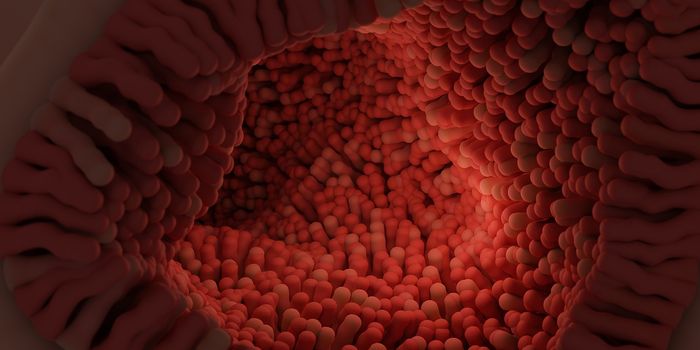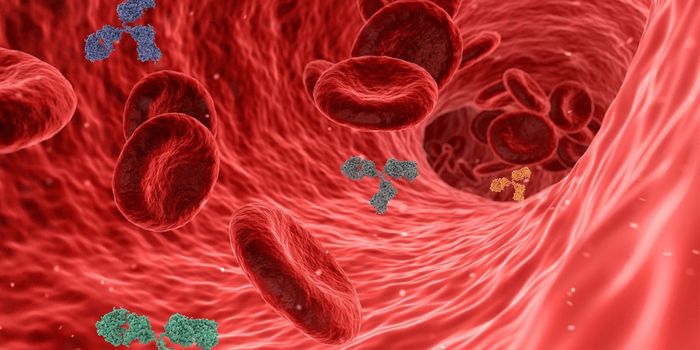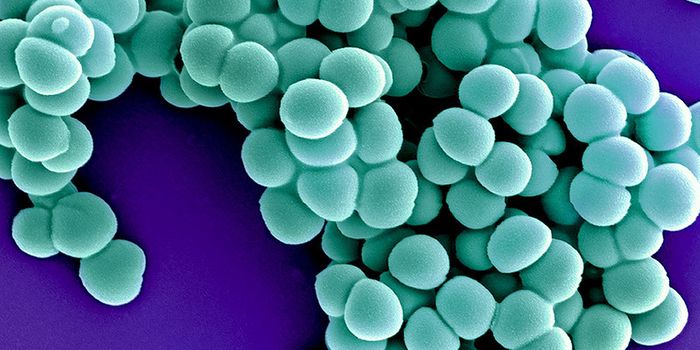Rethinking Immune Responses Involved in Skin Hypersensitivity
A study by immunologists at the University of Copenhagen has revealed a never-before-seen immune pathway involved in contact dermatitis—an allergic condition where individuals affected break out in rashes when they touch materials they are sensitive to. These allergens could be anything from metals used in jewelry to dyes, perfumes, and chemicals in cosmetics.
Our current understanding of allergic reactions states that triggers, such as hay fever and food allergens, activate more instant symptoms and the immune system begins working in overdrive within minutes. However, contact dermatitis has generally been regarded as more of a prolonged immune response, with the skin reacting over the course of days or weeks.
Interestingly, a small subset of patients is found to have hypersensitive skin, reacting to contact allergens much more quickly than what has been previously described in medical textbooks. This phenomenon prompted scientists to take a closer look at the immune processes at play during contact dermatitis.
Based on the findings of their study, the researchers call for a new subcategory of Type 4 hypersensitivity reactions (a classification previously considered a delayed-type allergy) wherein skin irritation occurs much more quickly. These accelerated symptoms are brought about by memory T cells, immune cells that were only thought to be involved in more chronic, long-term sensitivity reactions.
In addition, the team discovered that memory T cells also recruit another type of immune cell, neutrophils, to the skin during “quick onset” contact dermatitis. These cells, typically involved in keeping pathogenic intruders at bay, also wreak havoc at the site of skin irritation, driving inflammation and local tissue damage at the site. Interestingly, neutrophils are not known to be involved in delayed onset dermatitis.
“Based on these results, we may have to change the textbooks on contact allergy. [In] any case, we will need to add a chapter,” commented Charlotte Menné Bonefeld, the lead scientist involved in the study.
The researchers plan to take a deeper dive into the pathophysiology of contact allergies, given their new findings that show just how complex these reactions are from an immune perspective. Additional insights can be translated into better clinical strategies to help alleviate symptoms in those dealing with severe contact dermatitis.
Sources: Allergy, University of Copenhagen.









